Bulk Pricing
1 Port Serial RS232 to CAN Bus Adapter with Metal Case
CAN Bus from your Serial RS-232 Port
The Serial RS-232 CAN Bus adapter connects to your computer’s DB-9 serial port to create the CAN Bus protocol. It includes a 12V power adapter that can be plugged into the wall for power and is mountable to flat surfaces.
- Uses CAN Bus modes Standard, Listen, and Echo.
- Easy plug and play installation and CAN Bus device connection.
- Easy to read LED indicators for power and CAN Bus connection.
- Supports Windows and Linux OS systems.
Product Documentation
Drivers & Software Downloads
Quick Links:
Description
Introduction:
The CG-1P232CAN adapter is a compact and powerful Serial RS-232 CAN Bus Adapter. Protected by a rugged metal chassis, it adds one CAN Bus port to your computer’s system via RS-232 port. It supports a standard DB-9 connection for CAN modes Standard, Listen, and Echo. Using ASCII commands, the CAN adapter can be controlled over the serial port connection.
This Serial RS232 to CAN Bus adapter is mountable to any flat surface with the mounting flange connected to the chassis. Power, Data, and Error LED’s work when the adapter is connected to the computer’s serial port and included power adapter is plugged in.
Serial RS-232 to CAN Bus Adapter Features
- Adds a CAN bus port on your computer by connecting to an RS-232 serial port
- Provides DC +5V and DC +12V power for external devices
- Powered by external DC 12V power adapter
- LEDs indicate initialization and CAN bus status
- Supported CAN modes: Standard, Listen, Echo
- Can be controlled over serial port using ASCII commands
- Easy to use API provided along with sample source codes and GUI sample programs
- Easy plug and play installation and CAN bus device connection
- CAN bus speed up to 1Mbps
- Supports CAN 2.0A and CAN 2.0B protocols
- Designed by ARM Cortex-M0 32-bit micro-controller and the USB to UART chip
- Drivers provided for Windows and Linux OS
Features:
-
- Serial port connection support for RS-232 through DB-9 connector
- Supports CAN 2.0A and CAN 2.0B
- Chipset: ARM Cortex-M0 32-bit micro-controller
- CAN Bus Controller: Bosch C_CAN module
- CAN Bus Mode: Standard mode: normal operation on CAN bus
Listen mode: passive receiving of CAN Frames
Echo mode: transmitter also receives sent frames (for testing purposes) - Protection: +/- 16kV ESD protection for all signals
- Signals: CAN_H, CAN_L, CAN_GND, CAN_V+
Speed: 5kbps to 1Mbps for transmit & receive
- Tools: Monitoring CANHacker, Titan CAN Test
- API Library: Supports C/C++, C#, VB.NET, VB6, Python and LabVIEW
- Item Dimensions: 81mm × 81mm × 24mm (L × W × H)
- Item Weight: .39lbs.
- Chassis material: 1mm SECC sheet metal
OS Support:
- Windows XP, Vista, Windows 7, Windows 8, and Windows 10
- Linux and Mac OS 10.X
Power Specifications
- Power Input: DC 12V external power adapter
- Power Output: 5V/12V (500mA max) through pin 1 & 9 of DB9 and pin 4 of terminal block
- Power Consumption: Max. 80mA@12VDC (no external devices)
Environmental Specifications
- Operating Temperature: 0°C to 60°C (32°F to 140°F)
- Storage Temperature: -20°C to 75°C (-4°F to 167°F)
- Operating Humidity: 5% to 95% RH
- Safety Approvals: CE, FCC
Package Contents:
- 1x Single port CAN Bus Adapter
- 1x DC 12V power adapter
- 1x 3ft. DB-9 male to female serial cable
- 1x Driver Disc
*Surface Mounting screws not included.
Specifications
Product Specifications
| Power |
| ||||||||||
|---|---|---|---|---|---|---|---|---|---|---|---|
| Compliance |
| ||||||||||
| Physical Characteristics |
| ||||||||||
| Serial Attributes |
| ||||||||||
| Software |
| ||||||||||
| Environmental |
| ||||||||||
| Hardware |
| ||||||||||
| Performance & Safety |
| ||||||||||
| Other Data |
|
Support
Product Documentation & Drivers
Need drawings, CAD files, or other compliance documentation? Click HERE
Serial F.A.Q.
Product F.A.Q.
View frequently asked product questions below. For all serial troubleshooting, visit this page.
Still need help? Reach out!
-
How do I clean and reinstall my FTDI drivers?
View Answer
-
- Download the CDM Uninstaller HERE.
- Extract the zip file, or open the “CDMuninstallerGUI.exe” utility.
- Leave the ‘Vendor ID’ set to 0403 and ‘Product ID’ set to 6001.
- Click Add.
- Click Remove Devices.
- Download the corresponding driver for your operating system and follow on-screen prompts. Windows Driver | MacOS Driver
-
-
How can I change my device’s COM port?
View Answer
-
- Click on Start and navigate to the Control Panel
- Locate and click on Device Manager
- Under “Ports (COM & LPT)” you will find your serial device titled “USB Serial Port” along with its current COM Port.
- Right click on “USB Serial Port” and click on Properties.
- Navigate to the “Port Settings” tab and click on “Advanced…”
- Once there, the “COM Port Number:” can be changed with a dropdown menu to select the port number.
- Click your desired port number (i.e. COM2) and click “OK”.
- Click “OK” once more.
- Your serial device is now assigned to your chosen COM Port.
-
-
How do I check to ensure the COM port is listed properly in Windows?
View AnswerTo ensure your serial device is installed properly, complete the following:
- Press Windows Key + R to open the Device Manager. Once Run comes up, type “devmgmt.msc” into the text field and press Enter.
- Expand the section labeled, Ports (COM & LPT).
- You should now see a COM number in brackets to the right of each port. If the device is installed properly, no exclamation points or question marks should be present next to the device.
-
I have everything hooked up, but nothing is functioning correctly.
View AnswerTo rule out potential issues, quickly test your individual components to ensure that they are working correctly individually, and are not the source of the problem:
- Serial cables
- Serial ports
- Serial devices
Test your components by:
- Hook up the serial cable(s), serial port(s), and serial device(s) in a different setup to see if the issue stems from a particular component, or the setup as a whole.
- Replace the serial cable, port, or device within your setup to further troubleshoot the issue’s origin.
When testing cables:
- Test each cable individually.
- Use short cables when you are testing.
When testing serial ports and devices:
- Press the Windows key + R, in Run, type devmgmt.msc, and press Enter to open the Device Manager. You can then check to see if your device is listed under Ports (COM & LPT).
- Ensure that the COM port number is the correct number for the serial device and that the software being used to connect the computer to the serial device uses the correct COM port number.
- If the device is listed with an error, follow the instructions on the website to reinstall the drivers.
-
Serial communication is not functioning correctly, how can I tell if the problem caused by the adapter or my serial software application?
View AnswerOlder serial communication applications make use of legacy hardware addresses, often incompatible with PCI, PCIe, and USB to Serial products. Contact the software provider to troubleshoot.
-
I am receiving an error when I try to install the drivers in Windows 8 64 bit.
View AnswerDriver Signature Enforcement in Windows 8 may need to be disabled in order to use various drivers. After disabling this feature, the driver will be allowed to install.
Note: You are required to restart your computer after disabling the Driver Signature Enforcement. Save all open work on your computer.
Disable driver signature enforcement:
- Press the Windows key + C.
- Click Settings > Change PC Settings.
- In the left pane, click General.
- In the right pane, under Advanced startup, click Restart now.
When your system restarts:
- Click Troubleshoot > Advanced options > Startup Settings > Restart.
- Press 7.
When your computer restarts, Driver Signature Enforcement will be disabled and you can install the drivers.
-
I am receiving an error when I try to install the drivers in Windows 10 64 bit.
View AnswerDriver Signature Enforcement in Windows 10 may need to be disabled in order to use various drivers. After disabling this feature, the driver will be allowed to install.
Note: You are required to restart your computer after disabling the Driver Signature Enforcement. Save all open work on your computer.
Disable Driver Signature Enforcement:
- Click the Windows icon in the taskbar.
- Click Power.
- Press and hold the Shift key and click Restart.
After your computer restarts:
- Click Troubleshoot > Advanced Options > Startup Settings > Restart.
- Press 7.
When your computer restarts, Driver Signature Enforcement will be disabled and you can install the drivers.
-
Why did the software not install properly in macOS High Sierra (10.13) or later?
View AnswerHigh Sierra 10.13 and later versions of macOS enforce strict security policy revisions. In order for the device to operate, software packages like those used in this installation must be allowed in macOS Security and Privacy settings once the software is installed.
Once the driver/software is installed, follow these steps to allow the software:
- Open System Preferences.
- Open Security & Privacy.
- Click the Allow button near the bottom of the General tab.


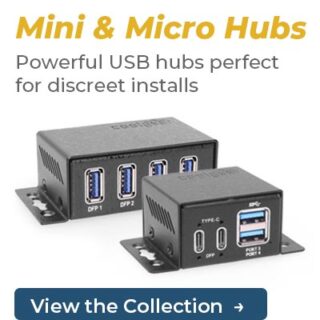





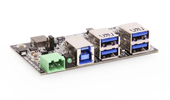












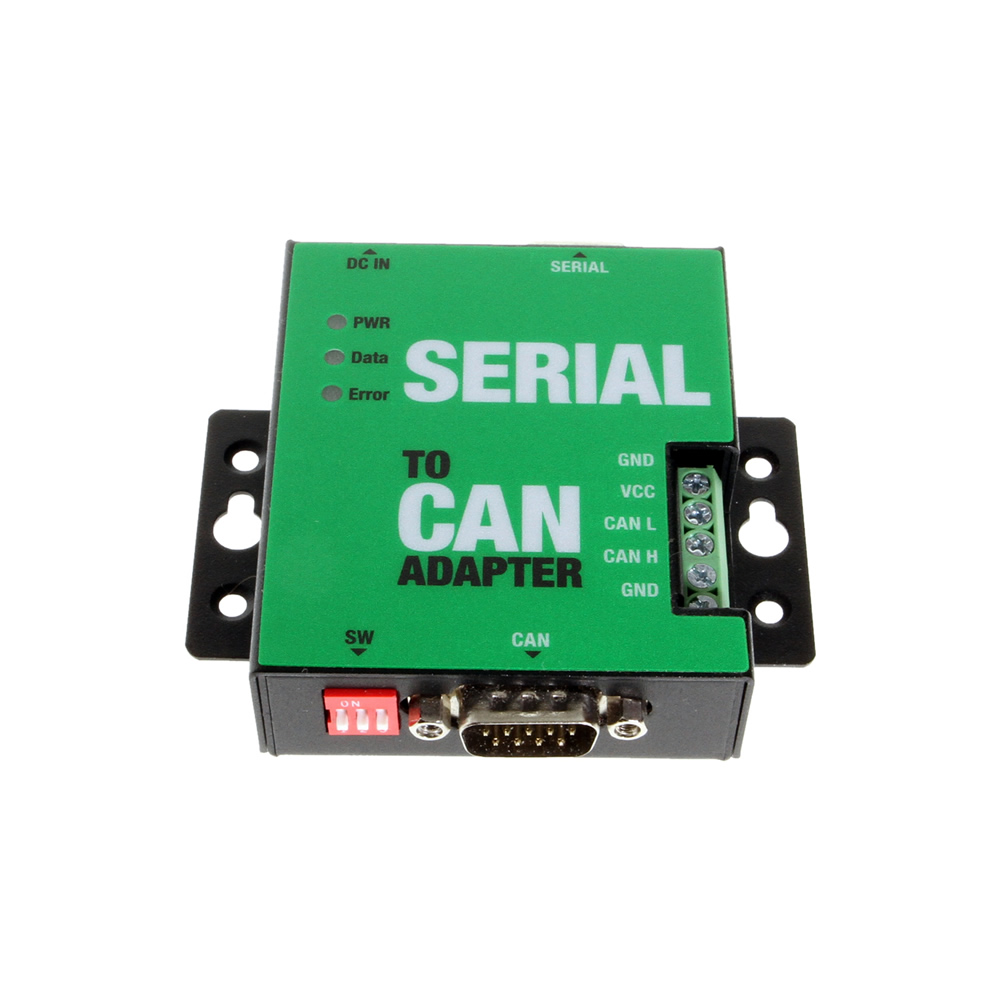
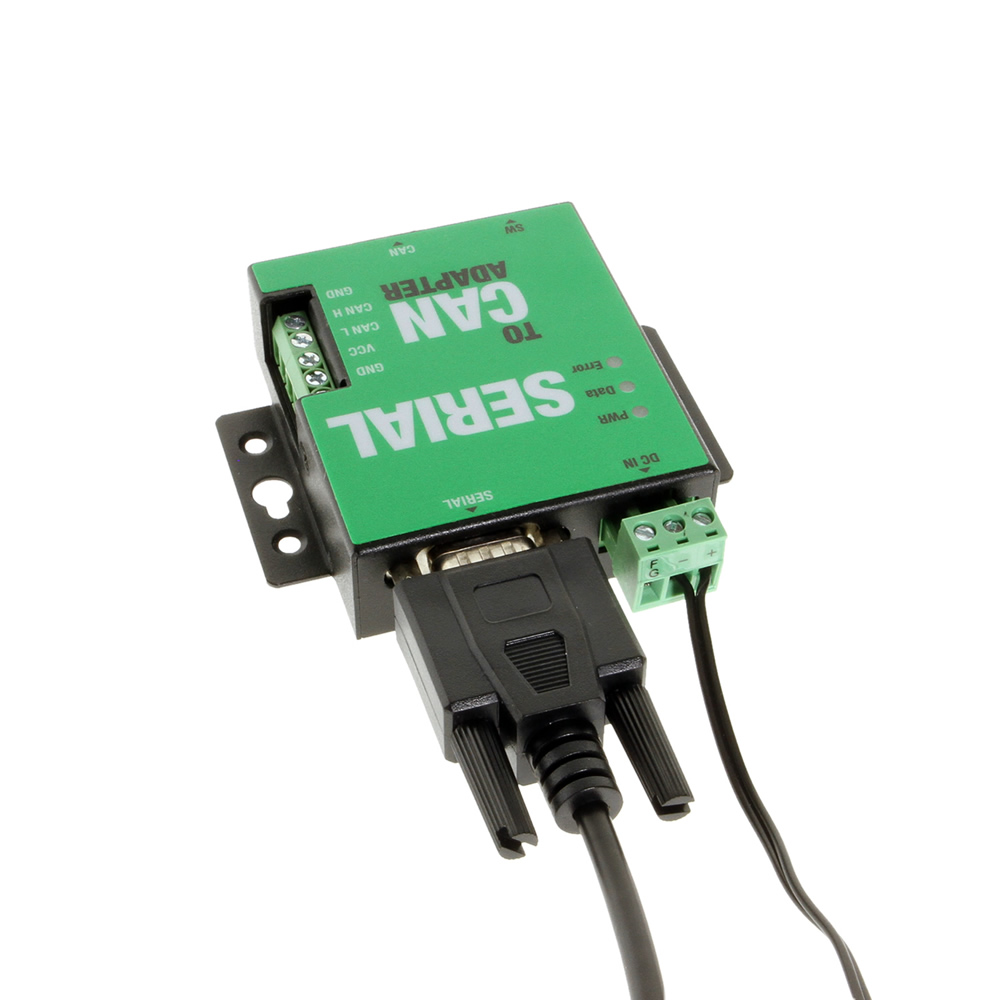
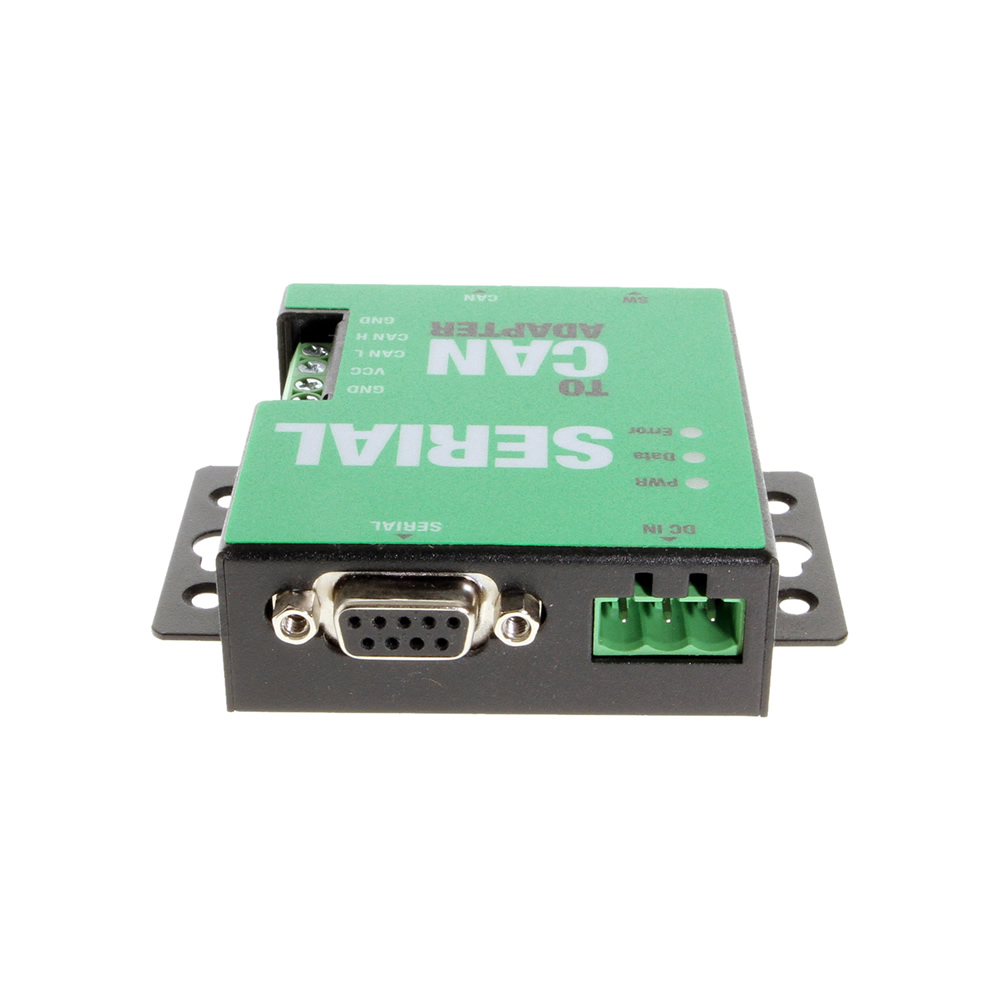
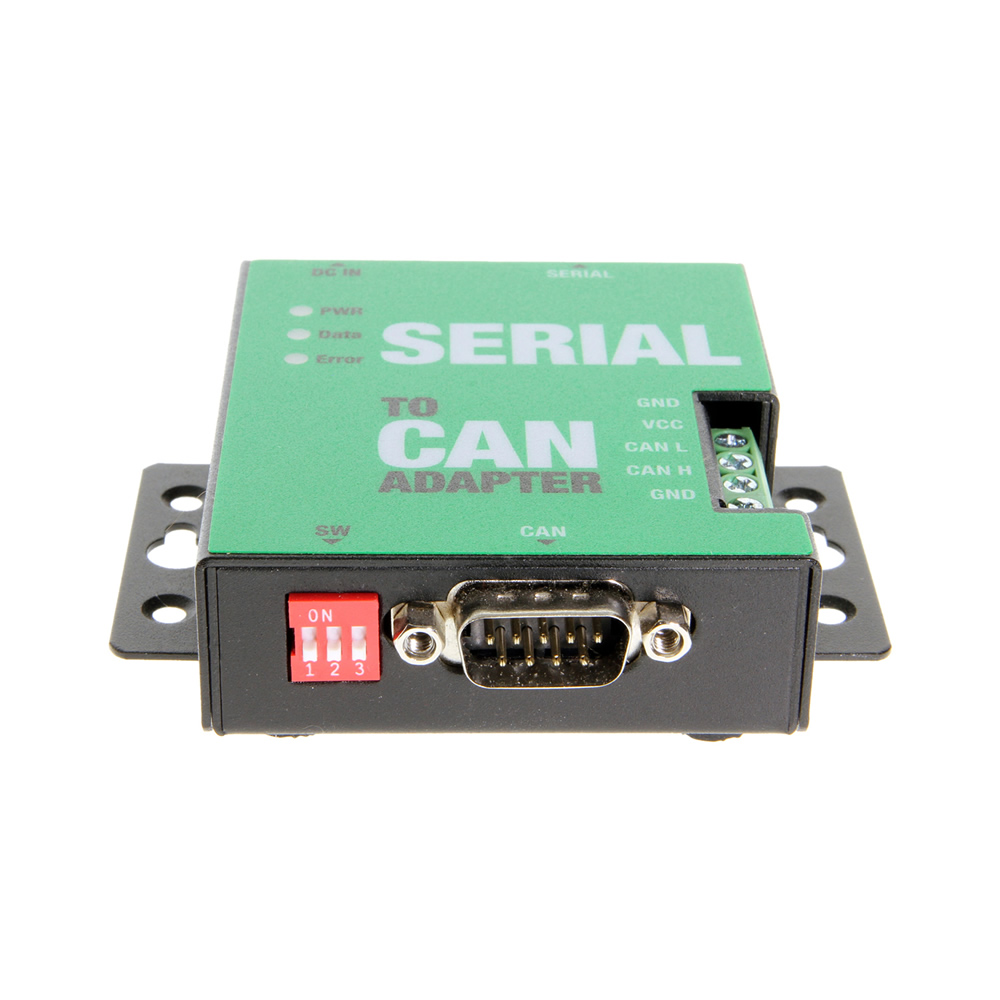
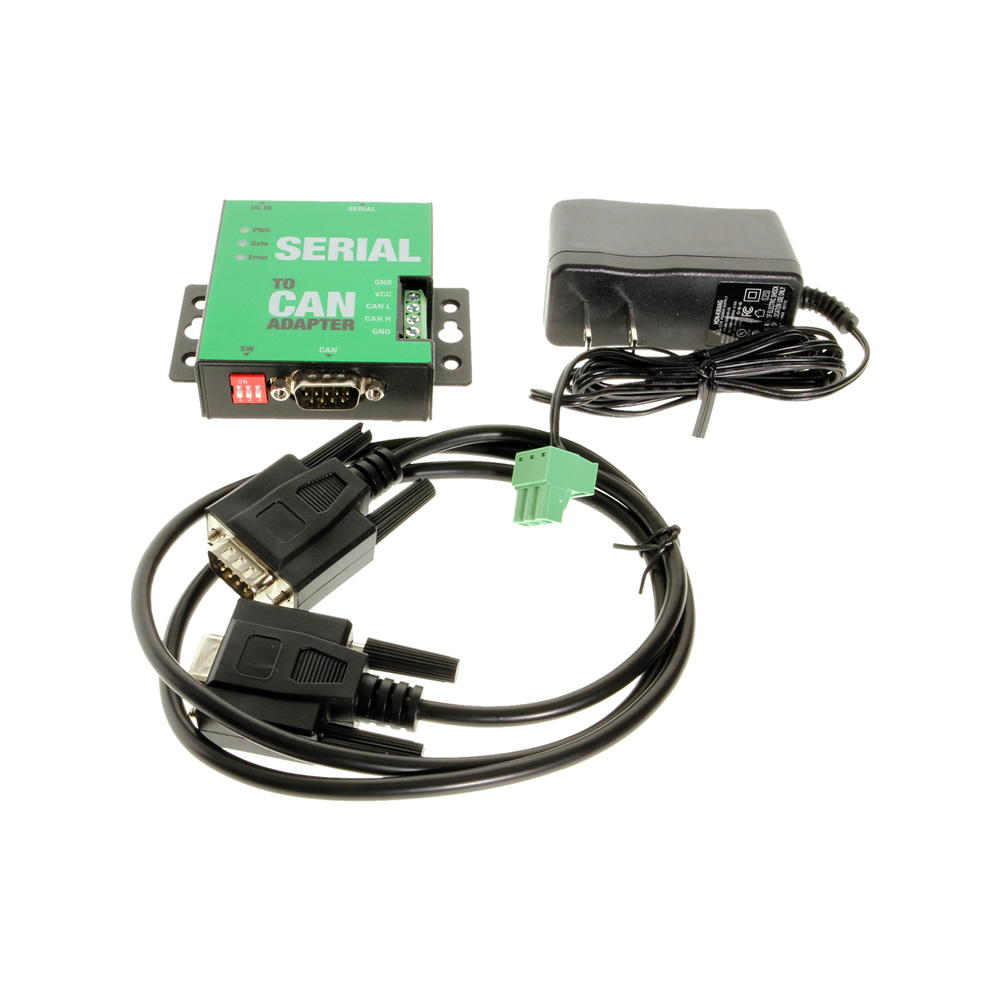
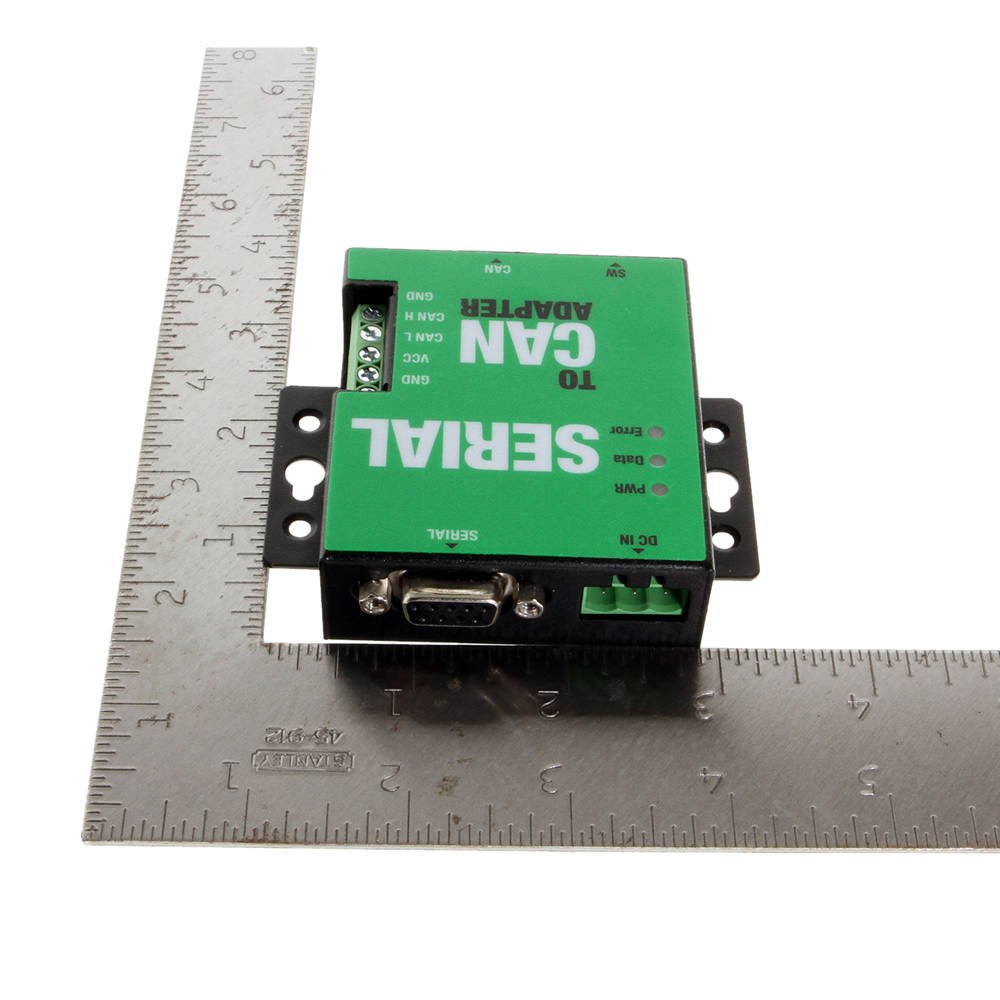
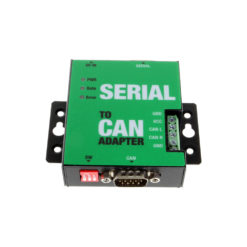
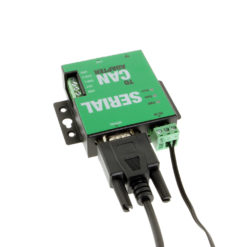
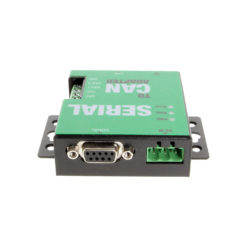
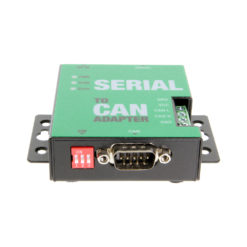
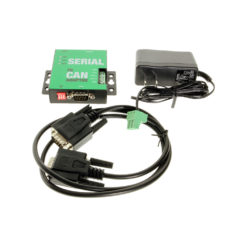
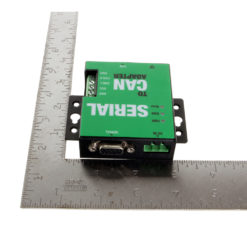
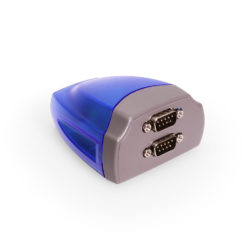
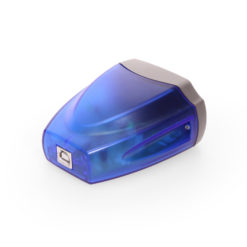
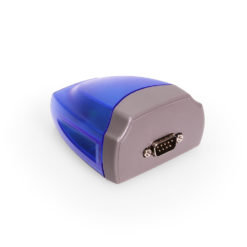
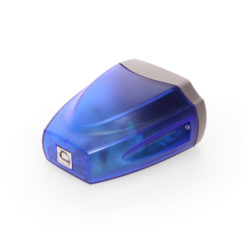
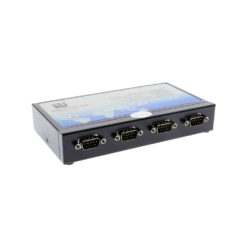
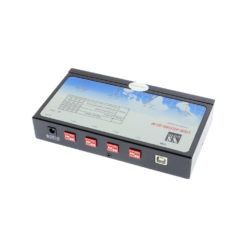
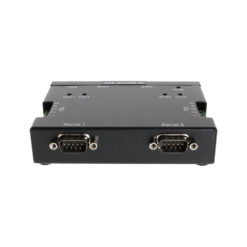
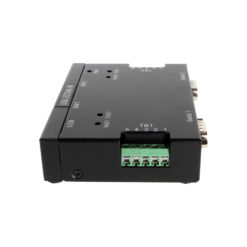
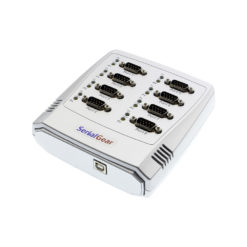
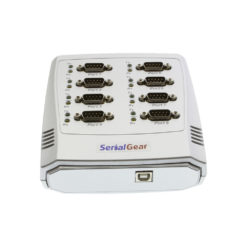
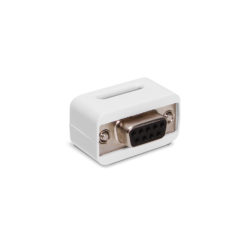
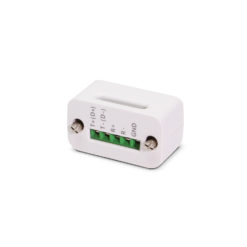
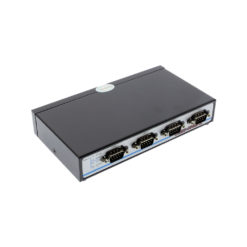
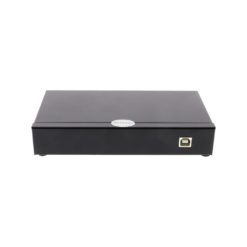
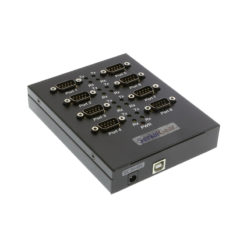
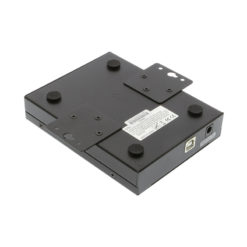
Reviews
There are no reviews yet.